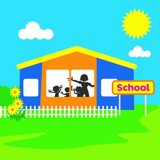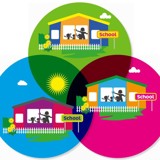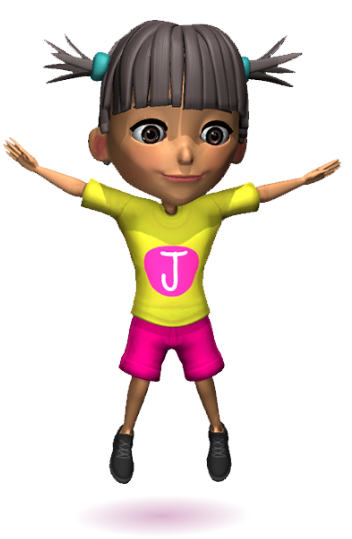What is physical literacy?
Put simply, physical literacy is our unique relationship with movement and physical activity throughout life. Creating and maintaining a positive relationship with movement and physical activity is far more likely to lead to positive outcomes in relation to health, well-being, and general quality of life.
Joyful early opportunities and experiences are critical in shaping our physical literacy journey, so it is essential we get it right with our youngest children. As with phonics in English or numbers in Maths, focusing on physical literacy helps children to develop critical building blocks and start to create a positive relationship with being active. This provides a foundation for them to develop the knowledge, skills and confidence to engage successfully in Physical Education, physical activity and sport.
BURSTS supports this journey by providing opportunities for EVERY child to develop essential Fundamental Movement Skills, often referred to as ABCs (agility, balance and coordination), in an age and stage appropriate, fun way.
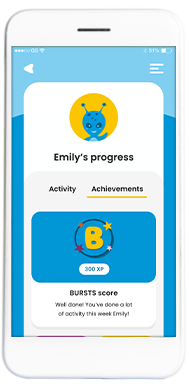
Why is physical literacy so important?
Over recent years, children’s activity levels outside of school have greatly reduced, which means they are not developing the positive relationship with activity that must be a right for EVERY child. This impacts on their enjoyment, confidence, progress, health and wellbeing and therefore their physical literacy journey.
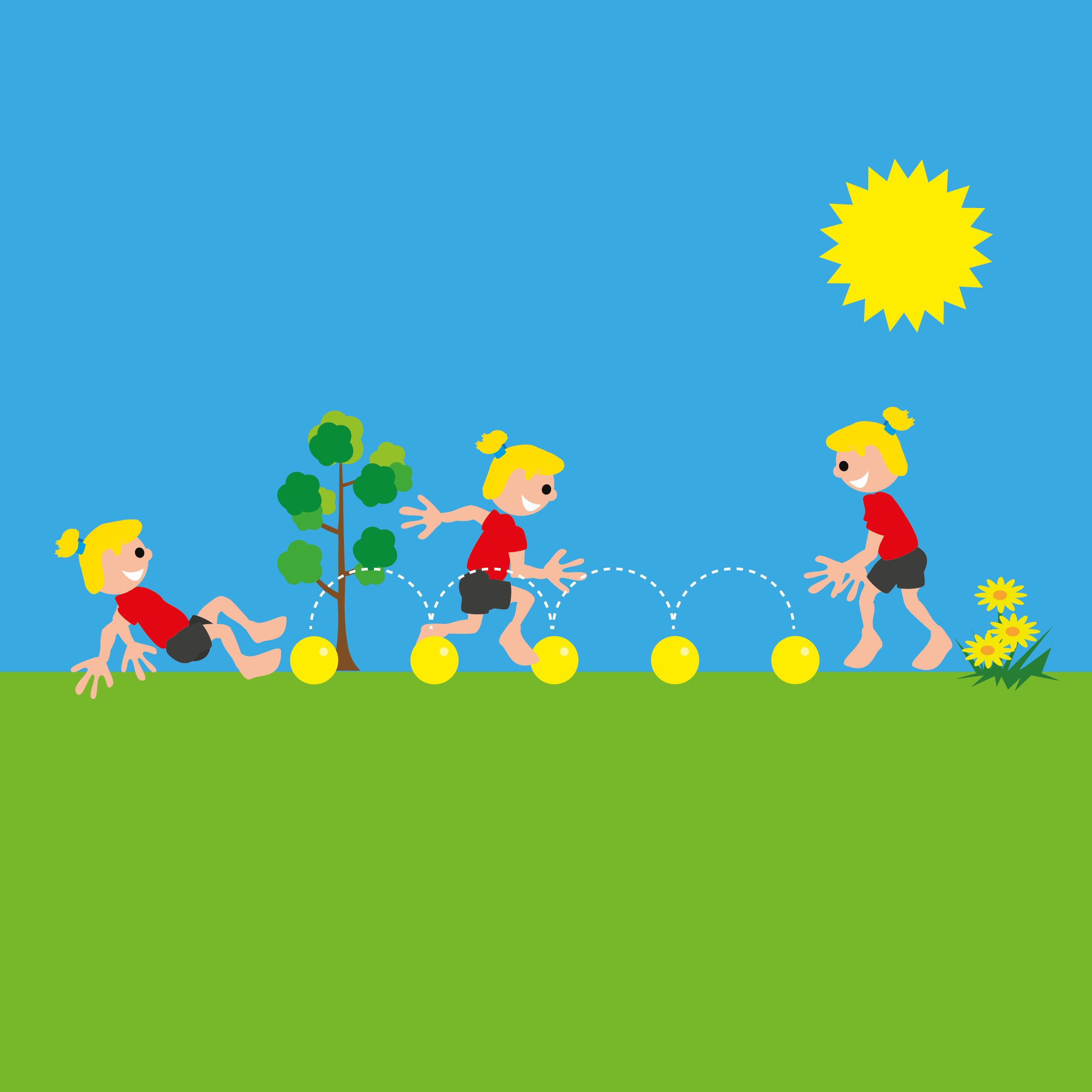
"…..FMS are best developed between 3 and 8 years old. Therefore, developing careful progression through Reception and primary school is vitally important. Once secure, FMS form the building blocks for more complex movement skills, which will be heavily relied on for successful participation in a variety of physical activities" Ofsted Research Review
Why bursts of activity?
The most appropriate way for children to engage in physical activity is through short bursts of fun, playful activity. This is how they learn naturally. We don’t need to make young children run a mile each morning, complete a fitness circuit or copy adult exercises that are not age or stage appropriate. These activities, though well intended, can create in children the wrong connectivity with physical activity and can burden them for life.
Physical literacy:
BURSTS supports EVERY child’s physical literacy journey by:
- Developing key Fundamental Movement Skills.
- Enabling physical skills to be applied in different contexts.
- Supporting children to move safely and confidently.
- Improving progress in Physical Education through home learning.
- Improving fine and gross motor skills.

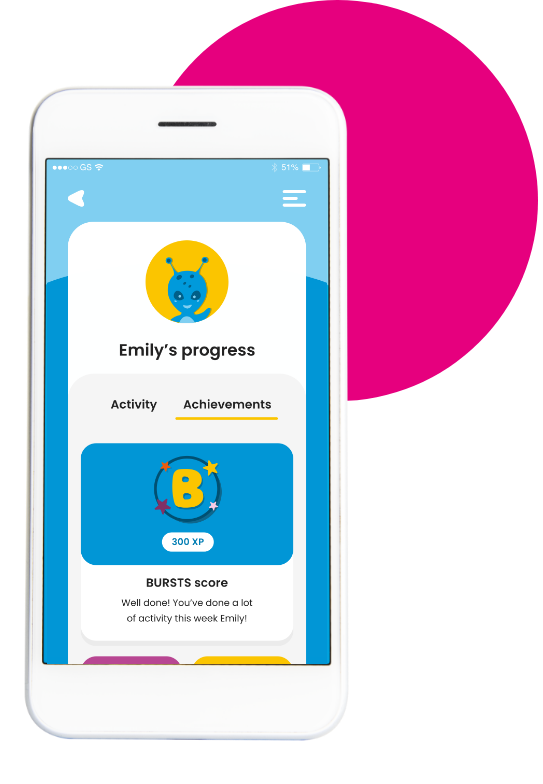
Positive learning behaviours:
Physical literacy is not just about a child’s physical development, but also broader skills, such as personal, social and emotional development. To support this, BURSTS recognises and celebrates the following positive behaviours in children:
- Brave - Wants to have a go, tries hard and keeps going, and challenges themselves to improve.
- Wise - Follows instructions and rules, thinks about how to improve, and shows good problem-solving skills.
- Helpful - Encourages others to join in activity and praises others.
- Imaginative - Explores and comes up with different ideas and responds imaginatively to different challenges.

